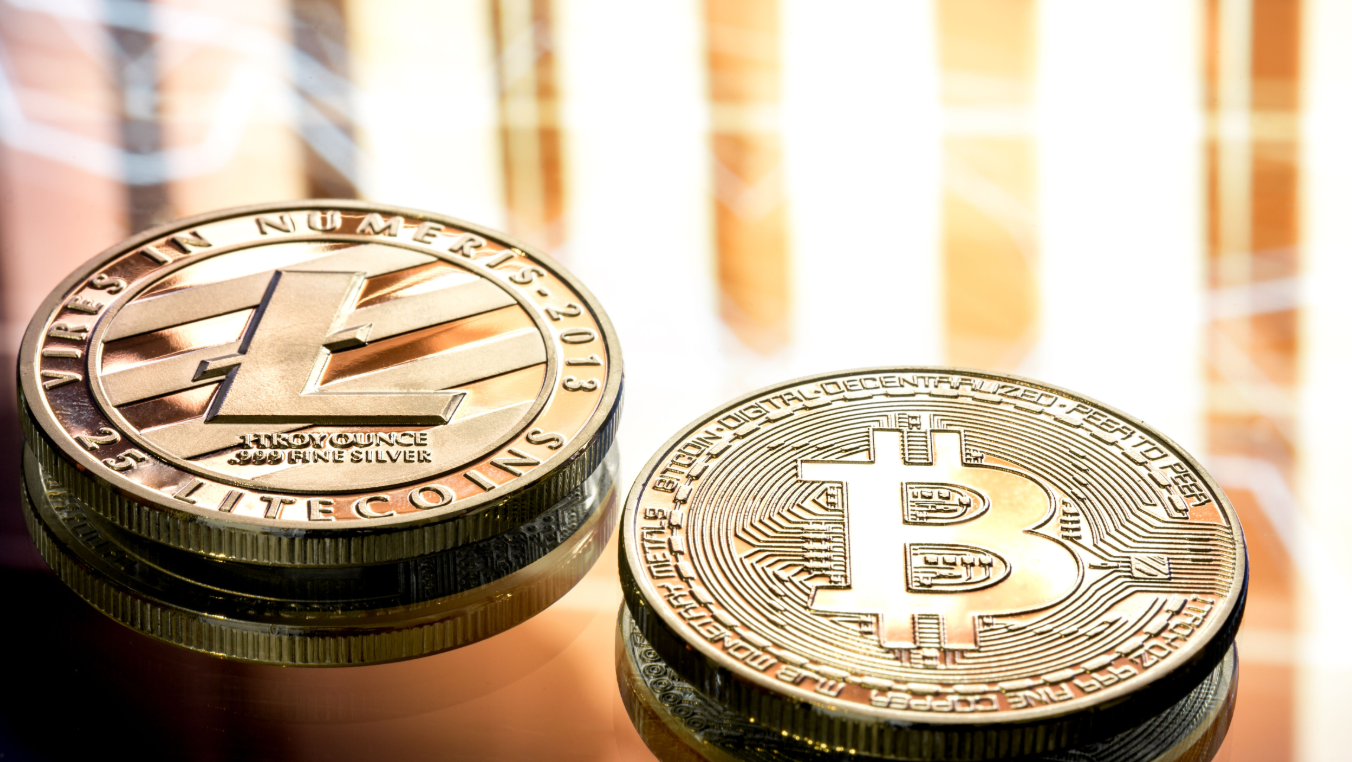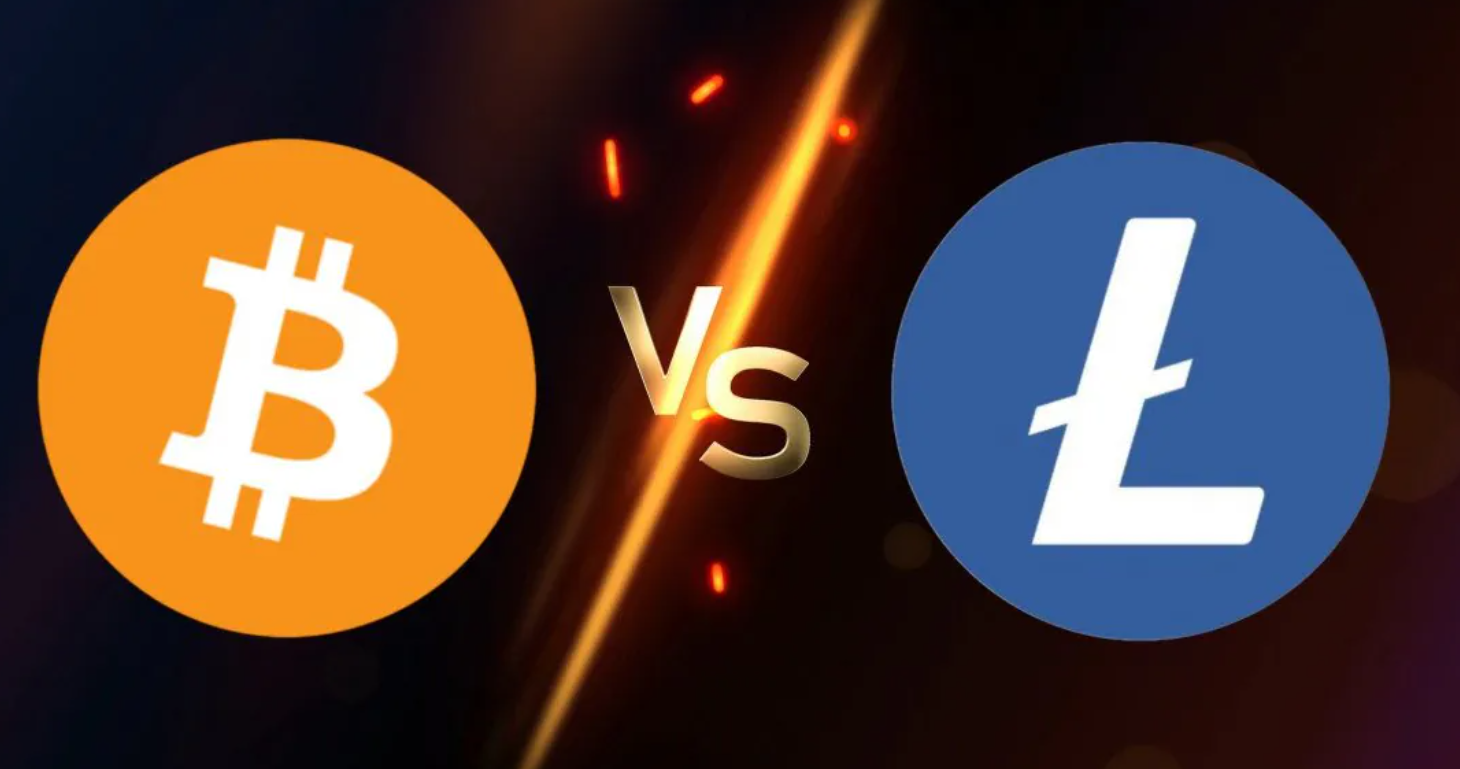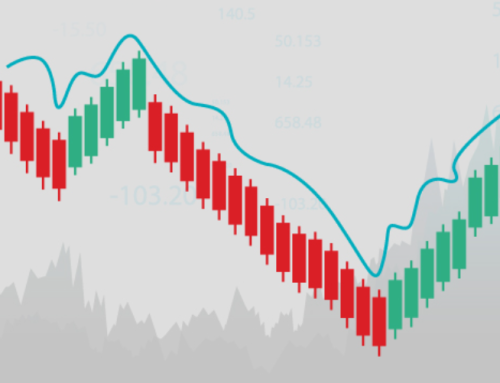The world of cryptocurrency continues to expand, attracting both novice and seasoned investors seeking profitable opportunities. Among the many digital assets available, BTC often stands out as a top choice due to its established reputation and widespread adoption. Deciding which one to trade involves understanding its unique characteristics, market behaviors, and how these factors influence outcomes.
Bitcoin, as the pioneering digital currency, enjoys the highest market capitalization and liquidity, making it a favorite for many traders globally. The other cryptocurrency, often described as “silver to Bitcoin’s gold,” offers faster transaction speeds and lower fees, which appeal to traders who prioritize efficiency. Each asset has its strengths and nuances, which can affect strategies and risk management.
My name is Ethan Cole, and I have been actively trading digital currencies for over eight years. Together with my team at Vanguard Group, we have extensively analyzed Bitcoin’s performance in various market conditions. Today, we want to share our experiences to help traders understand which cryptocurrency might align better with their individual goals and trading styles.
Whether you prefer long-term holds or short-term Binary Options contracts, knowing the differences between BTC and the other cryptocurrency is crucial. This guide will delve into market performance, technical analysis, transaction efficiency, and more, providing you with a comprehensive view to make informed decisions in the evolving crypto landscape.
Additionally, understanding cryptocurrency trading strategies, how cryptocurrency trading works, and staying updated on the cryptocurrency trading crackdown in Thailand is important. Also, leveraging crypto trading signals can significantly improve your trading decisions.
Market Performance Comparison: Litecoin vs Bitcoin
BTC has shown strong growth and market dominance, with price movements tied to broad sentiment. Litecoin is more volatile and often follows Bitcoin’s trends, offering profit opportunities. Bitcoin’s liquidity supports large trades with low slippage, while Litecoin’s smaller market cap brings higher volatility and potential gains.

Transaction Speed and Fees: Impact on Trading Efficiency
One of Litecoin’s primary advantages over Bitcoin is its faster block generation time, roughly four times quicker, resulting in faster transaction confirmations. This speed reduces waiting times, which can be crucial in fast-paced trading environments like binary options where timing is key.
Transaction fees also differ significantly. Litecoin typically offers lower fees compared to BTC, making it more cost-effective for frequent traders. Lower fees can increase net profitability, especially for those executing multiple trades daily. However, Bitcoin’s higher fees often correlate with its stronger network security and demand.
Technical Analysis for Litecoin and Bitcoin Trading
Technical analysis helps traders interpret sentiment and forecast prices for LTC and BTC. By studying charts and volume, traders spot patterns like support, resistance, and trend lines. Indicators like Moving Averages, RSI, and MACD work for both, but Litecoin’s higher volatility needs more sensitive settings than Bitcoin’s steadier trends.
Key Indicators and Chart Patterns
Both cryptocurrencies respond well to technical analysis tools such as moving averages, Relative Strength Index (RSI), and MACD (Moving Average Convergence Divergence). Recognizing chart patterns like head and shoulders, double tops, and triangles can indicate potential trend reversals or continuations.
Due to Litecoin’s generally higher volatility, some indicators may produce more frequent signals, requiring traders to adapt their settings accordingly. Bitcoin’s larger market size often results in more stable, longer-term trends, suitable for different analytical approaches.
Trading Strategies Tailored to Each Cryptocurrency
For Bitcoin, swing trading and trend following are popular due to its relative stability and liquidity. Traders often use longer expiry times in binary options to capture sustained movements. In contrast, Litecoin’s rapid price fluctuations lend themselves well to scalping and short-term trades, where quick decisions and risk management are vital.
Adapting strategies to the unique behaviors of each coin enhances trade precision and helps mitigate potential losses from market unpredictability. Incorporating tools like a bot trade, utilizing crypto trading techniques, and leveraging a crypto bot can further streamline the process, providing an edge in both market prediction and execution.
Fundamental Factors Influencing Litecoin and Bitcoin Prices
Bitcoin’s price is influenced by factors such as institutional adoption, regulatory developments, and its status as a store of value amid economic uncertainty. Events like ETF approvals or macroeconomic data releases can significantly impact its valuation. Binary options strategy can help traders navigate these market movements more effectively.
Litecoin’s fundamentals revolve around its technological upgrades, community support, and merchant adoption. Developments like MimbleWimble privacy features and partnerships within the payment industry affect investor sentiment and price, which can also be tracked through binary options signals to help inform trading decisions.

Risk and Reward Profiles for Litecoin vs Bitcoin Traders
Bitcoin’s lower volatility relative to many altcoins often means lower risk but also potentially steadier returns. Litecoin’s higher volatility may offer greater profit opportunities but comes with increased risk, requiring traders to employ stricter risk controls.
Choosing between the two depends largely on individual risk appetite and trading objectives, with some traders preferring to diversify across both to balance exposure.
Choosing the Right Broker for Litecoin and Bitcoin Trading
Selecting a reliable broker that supports both cryptocurrencies is essential. Factors to consider include regulatory compliance, platform usability, fee structures, and available trading tools. A broker offering demo accounts and comprehensive educational resources can be invaluable for both beginners and advanced traders. Security measures such as two-factor authentication and transparent withdrawal processes also contribute to safe trading experiences. Additionally, integrating bot trading, using a bot trade crypto, or employing a bot crypto or trade bot can enhance trading efficiency and accuracy, especially for those looking for automated strategies.
Platforms Offering Litecoin and Bitcoin Binary Options
Several trading platforms provide access to Litecoin and Bitcoin binary options, offering features like real-time charts, technical indicators, and mobile apps. Platforms with strong reputations, high liquidity, and robust customer support ensure smoother execution and better trade management. Accessibility and ease of use are key considerations, especially for traders seeking to capitalize on rapid price movements. Binary option and binary options trading are particularly attractive for traders looking to benefit from quick price fluctuations in cryptocurrencies like Bitcoin and Litecoin.
FAQ
Choosing between LTC and BTC for trading can be challenging, especially for newcomers. Understanding ease of trading, return potential, and portfolio fit helps in making informed decisions. To enhance success in binary options trading strategy, it’s essential to adapt the approach to each asset’s characteristics. Traders often use various techniques when trading binary options to optimize their chances of profit.
Is Litecoin easier to trade than Bitcoin for beginners?
Litecoin’s faster transaction times and lower fees may make it more accessible for beginners, but its higher volatility requires careful risk management.
Which cryptocurrency offers better returns in binary options trading?
Potential returns vary with market conditions; Bitcoin’s stability favors consistent growth, while Litecoin’s volatility can yield higher short-term profits.
How do I decide between Litecoin and Bitcoin for my trading portfolio?
Consider your risk tolerance, trading style, and market analysis. Diversifying between both can balance risk and reward effectively.
Read also about:













Leave A Comment